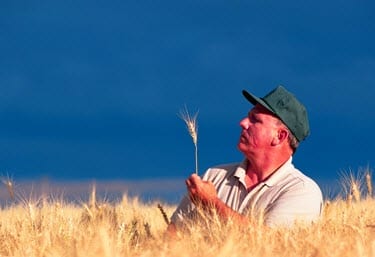Ranchers and growers in North Dakota who were previously unable to find coverage will soon have new options.
In North Dakota, small farmers and ranchers have either struggled to find crop insurance coverage or who have been completely unable to purchase a policy will now be able to take advantage of a new program option for 2015.
Previously, growers that were not large enough of any given crop may not have qualified for farm insurance.
Until now, smaller producers, such as specialty vegetable growers and organic farms, such as those who sell their produce at locations such as farmers markets may not have qualified for crop insurance participation because they simply did not have enough of any given crop. This, according to Doug Goehring, the agriculture commissioner in North Dakota.
With this understanding, the Whole-Farm Revenue Protection program was created with smaller and mid-sized growers in mind. It means that they will be capable of insuring all of their crops in a single policy, including everything from their produce to their livestock.
This crop insurance opens up an entirely new opportunity for these producers that was never there before.
 According to Goehring, “It gives those people access who didn’t have it before,” before adding that this new insurance program is quite unique in that it does not adhere to the typical guidelines and regulations. To start, it is based on revenue as opposed to a farm’s production. This allows for coverage against the adjusted growth revenue.
According to Goehring, “It gives those people access who didn’t have it before,” before adding that this new insurance program is quite unique in that it does not adhere to the typical guidelines and regulations. To start, it is based on revenue as opposed to a farm’s production. This allows for coverage against the adjusted growth revenue.
The Risk Management Agency of the U.S. Department of Agriculture has expressed that this new insurance coverage protects these smaller growers against lower revenue levels that result from “natural disasters and market fluctuations during the insurance year.” The revenue basis that is used for this protection is based on either the annual farm report or the historical tax information of the producer, whichever between the two is the lowest. This ensures that there is a set amount of revenue that will be guaranteed throughout the insurance term.
Should expenses suddenly rise while prices fall, leading to a deviation of revenue from previous earnings, Goehring explained that a crop insurance claim could result, “Which is fair because they did not make the money they were insured for.”
